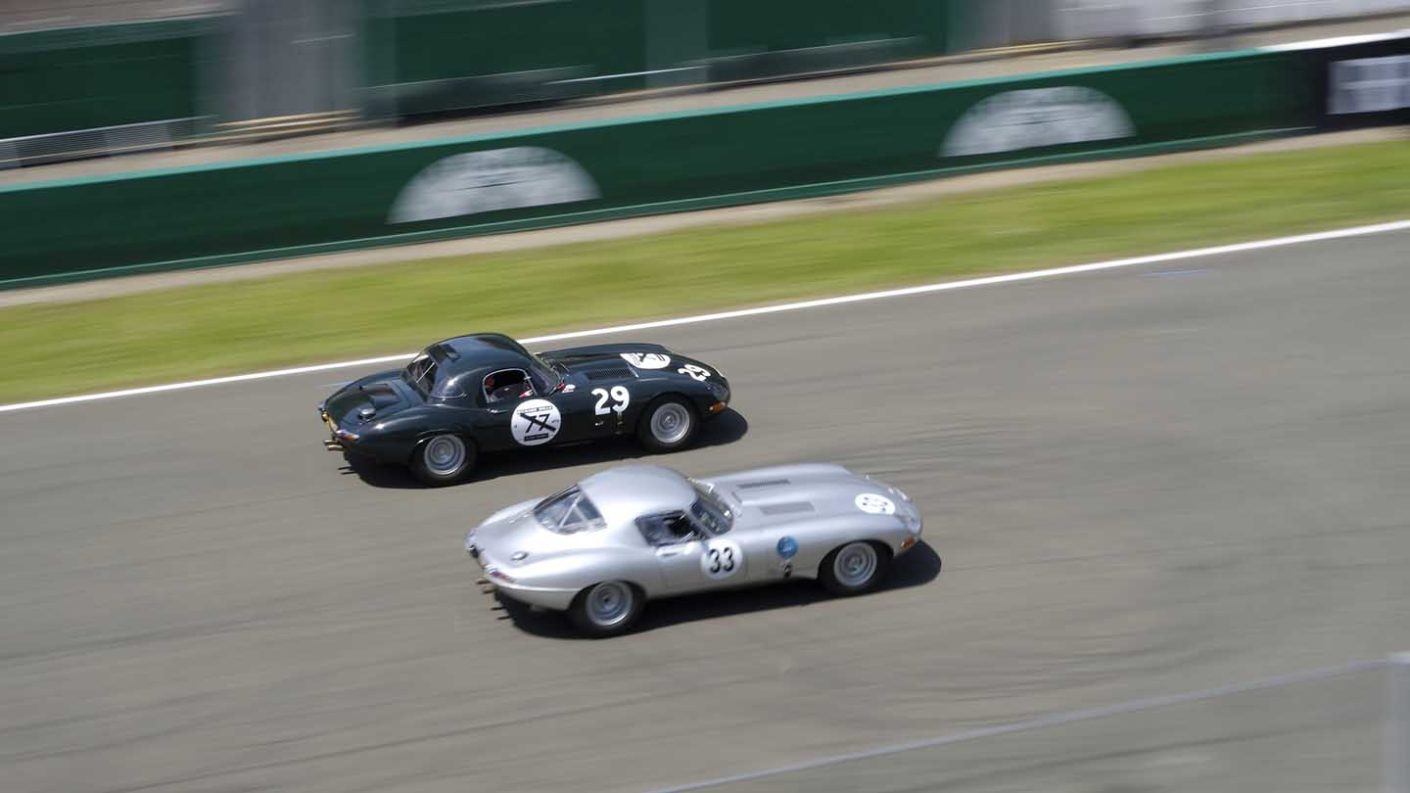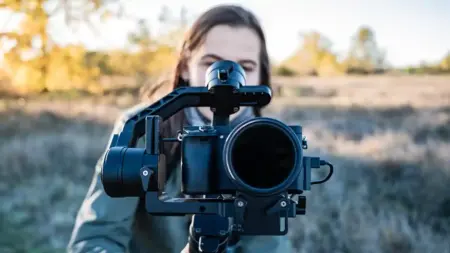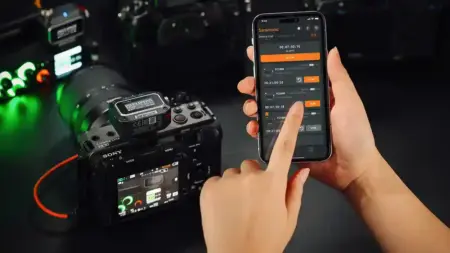Panning in photography is one of the most popular techniques for capturing a sense of speed and movement in your images. In this guide we’ll show you how to pan your camera by moving it left to right or right to left while its base is fixated to shoot dramatic action shots.
Panning in photography creates a sense of movement in your action shots by blurring the background of your scene, but keeping your subject sharp.
Best camera settings for panning
- Exposure mode: Shutter Priority
- Shutter Speed: 1/20sec to 1/50sec for most subjects
- Drive mode: Continuous shooting
- Focus Mode: Manual
- Focal length: wide-angle to midrange zoom (10-20mm or 24-70mm)
Remember that these settings are just starting points. Take a few test shots and see how sharp your subject is and how much motion blur is in your background. If your subject is too blurred, increase your shutter speed. If your background is too sharp, decrease your shutter speed.
Do use your Shutter Priority mode, though, to ensure a constant shutter speed. Using your Aperture Priority mode will adjust the shutter speed to ensure a constant aperture value. But for consistency, you need the same shutter speed throughout your pan – this is why Shutter Priority is essential.
- Sample photos with camera settings for every scenario
How to focus when panning
We suggested using Manual Focus in our best camera settings for panning section above, but there are two ways to focus when panning: autofocus or manual. We’ll explain when to use each.
When to use manual focus for panning
Manual focus provides more consistent results, but it can take some practice and patience. Use manual focus when you know the subject will be a consistent distance away and you can predict its movements. Car racing and cycling are perfect examples. You know they will always be as far away as the track and they will travel in the same direction, so you can pre-focus on a spot along the track and simply wait for them to pass.
When to use autofocus for panning
Using AF to pan can cause mixed results if you’re not at the right speed to follow focus on your moving target, but overall it’s best to use autofocus when your subject is moving in unpredictable ways. In these instances, track your subject using AF-C. Many cameras now have advanced subject tracking and subject recognition modes, which also make the job much easier than before.
Best shutter speed for panning
Start with these shutter speeds when panning for these common subjects. You can adjust them accordingly if needed.
- Joggers – 1/20sec
- Cyclists uphill – 1/30sec
- Cyclists downhill – 1/100sec
- Classic cars – 1/50sec
- Horse racing – 1/50sec
- Motorbikes – 1/250sec
- F1 cars – 1/500sec
- Drag racing – 1/1000sec
Find out which cameras have the hightest fps in burst mode.
How to pan with your camera
- Frame widely so that you have plenty of space to fit your fast-moving subject.
- Press the shutter button just before they hit your spot on the track.
- Take a wide stance and move in a 90-degree arc with your upper body
- Move your body from left to right, or right to left, and track your subject’s movement.
- Shoot continuously throughout the movement.
- Follow through the movement and don’t stop abruptly, or it will mess up your motion blur.
Where to position yourself for panning
The farther your subject is from you, the slower it will appear to be moving. This will make it easier to track during your panning movements.
Where you position yourself will, of course, have an affect on the lens you use for panning. For best results, stand farther away and use a longer lens, such as a 70-200mm.





Leave a Reply